New BMW M2 Racing gets four-cylinder engine
Entry-level motorsport variant ditches straight-six for 313hp version of BMW's ubiquitous 2.0-litre unit

The latest BMW M2, as we mentioned at length on the weekend, is a very easy car to like. Much of that has to do with its lineage, of course (compact, rear-drive coupes being a quintessential part of the M car back catalogue) not to mention its broader status as a throwback (in a market chronically short of old-school, combustive charm) - a fact that does rather highlight the importance of the angry-sounding 480hp S58 straight-six to the overall package. Remove that engine, and a key constituent of the M2’s desirability goes with it.
News then that BMW has cast aside the 3.0-litre unit in favour of a smaller, simpler 2.0-litre four-cylinder engine for its newest and cheapest race car does seem, at first glance, like another good reason not to be cheerful in 2025. Presented during the DTM season opener ahead of a June sales launch, the M2 Racing is BMW’s latest offering to private customer teams from next year, will be priced from €98,000 (net) in the EU and distributed through selected BMW M Motorsport dealers.
“The new BMW M2 Racing will redefine the entry-level segment. The car is affordable while offering racing teams and drivers uncompromising performance, durability, and pure driving pleasure. At BMW M Motorsport, supporting customer racing with cars that are easy to maintain, cost-efficient, and thrilling to drive is a top priority,” reckons BMW M boss, Frank van Meel. The new derivative, effectively little brother to the M4 GT4 Evo, will be built at the M2-producing factory in Mexico, earning an FIA-compliant roll cage and a drivetrain and chassis pre-assembled with the applicable motorsport parts.
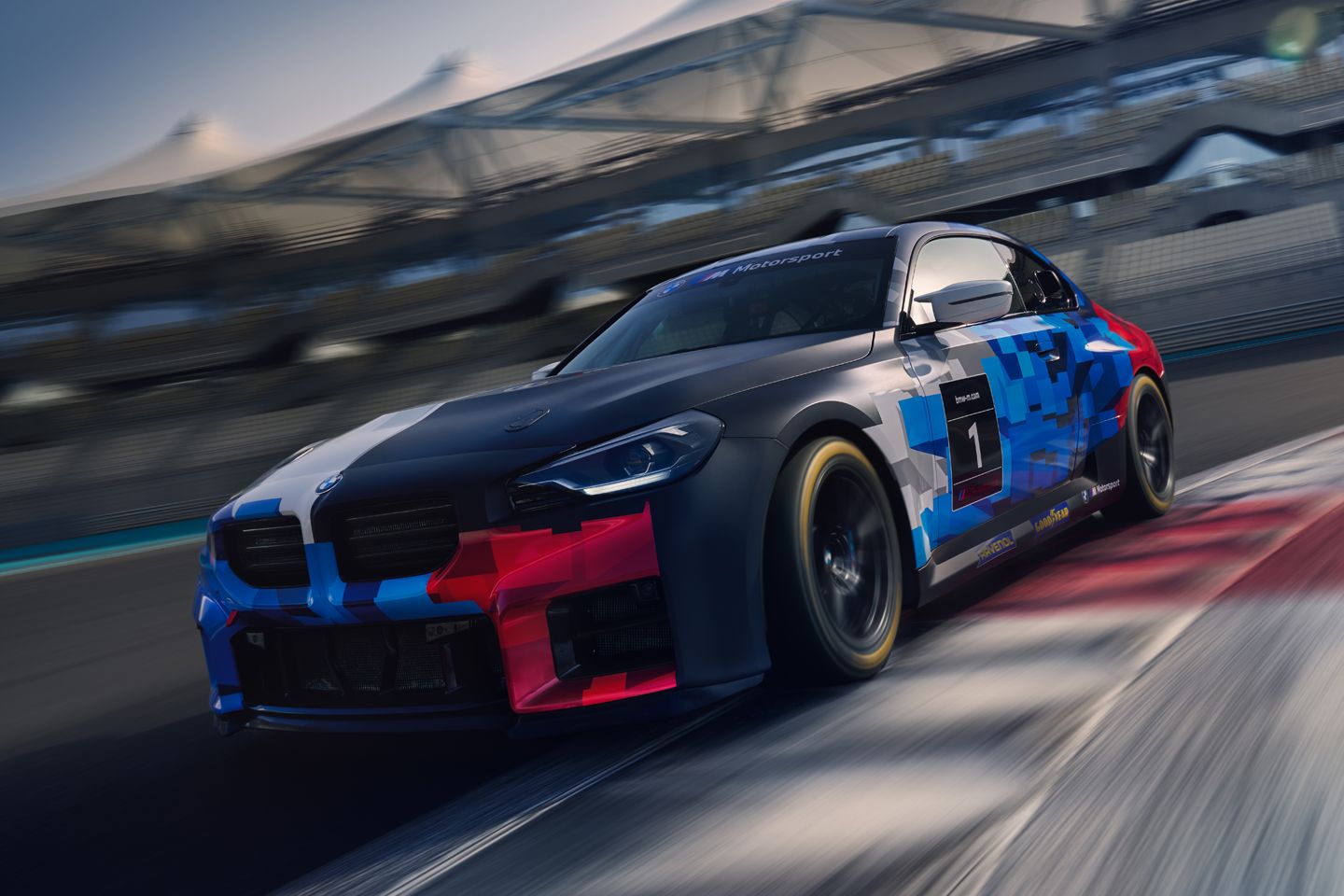
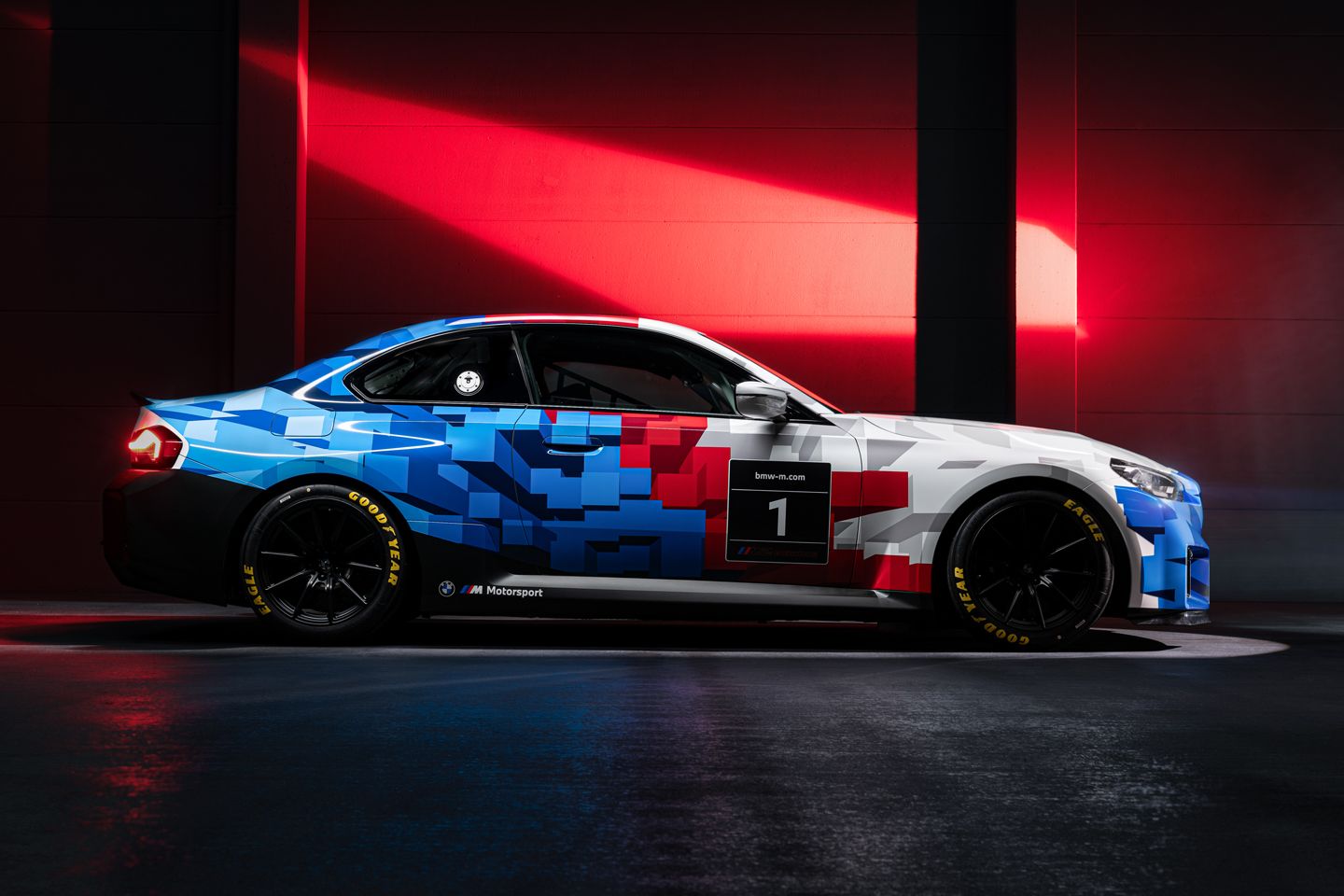
The latter comprises bespoke KW dampers and adjustable anti-roll bars with uprated brakes, alongside 18-inch forged wheels in matte black and motorsport-specific drive modes. You get a CFK roof, too, as well as a new front splitter and a tank filler neck incorporated into Makrolon rear side windows - all the usual, cool-looking racing addenda, basically. The former, under the quick-release bonnet locks and with a seven-speed ZF transmission and race exhaust, is a 313hp inline four-pot based on the B48 engine, driving through a mechanical diff lock.
While that inevitably seems like a spiritual step down from both the road car and its big brother - as well as predecessors like the M2 CS Racing - BMW’s reasoning is typically watertight. First and foremost, as pointed out by van Meel himself, outright cost and ongoing maintenance are substantial drivers of the M2 Racing programme and the 2.0-litre motor offers significant advantages in both regards. Moreover, there are regulations to consider: in numerous competitions, engine size dictates which class you can enter - by offering a car with a lower displacement, BMW obviously expects to gain a larger market share than if it relied solely on a straight-six.
This being the case, outright power is less of a concern, too. Factor in what we assume is a significant weight saving - the M2 Racing is said to squeak under 1,500kg; substantially less than the 1,725kg DIN kerbweight of the road car - and you can see why BMW M reckons it has found a sweet spot between performance, drivability, tyre wear and mileage. “The result is a powerful race car that combines easy operation with low running costs,” said Björn Lellmann, head of customer racing. "This efficiency makes the BMW M2 Racing particularly attractive for grassroots motorsport – and makes racing even more accessible for [buyers].”
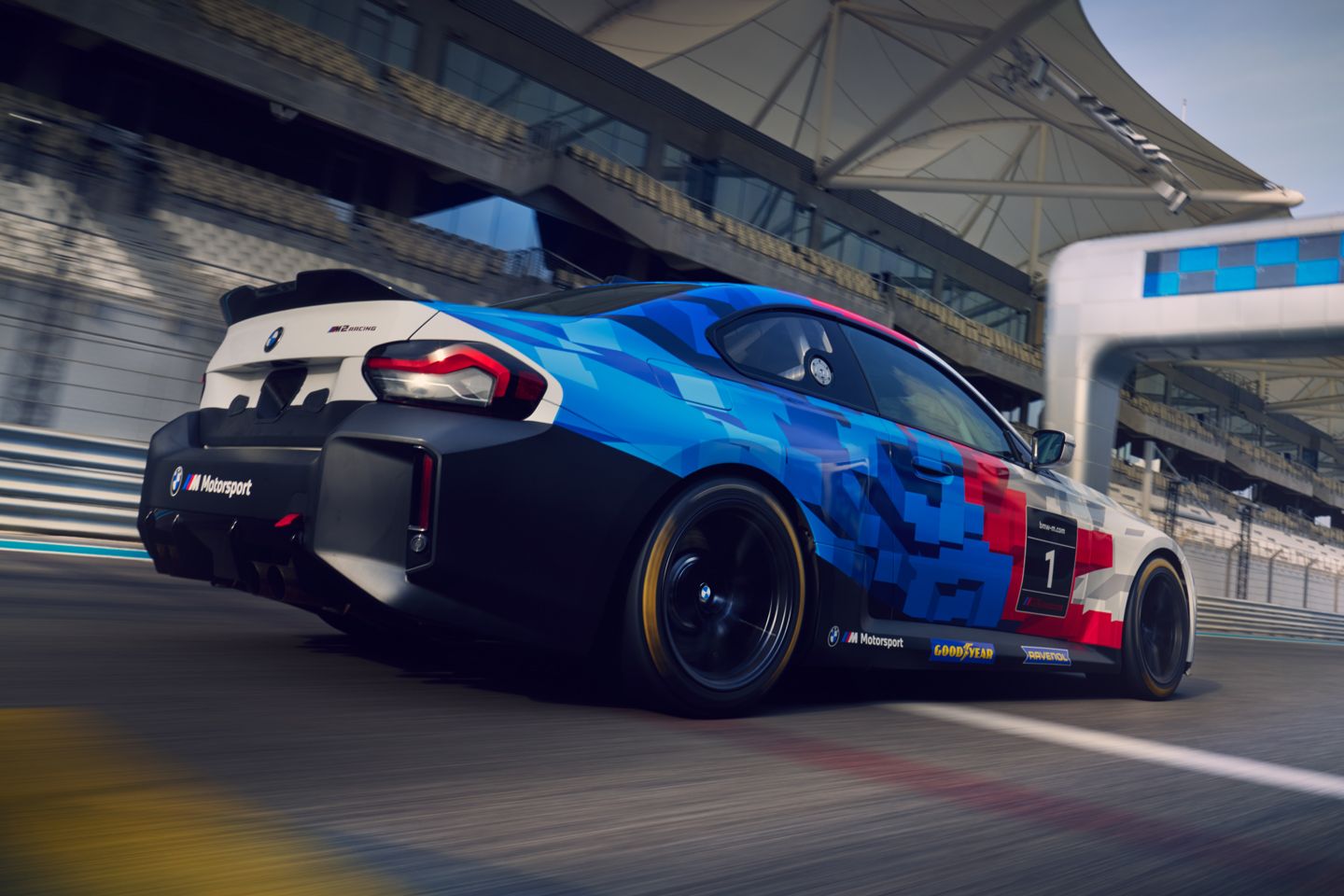
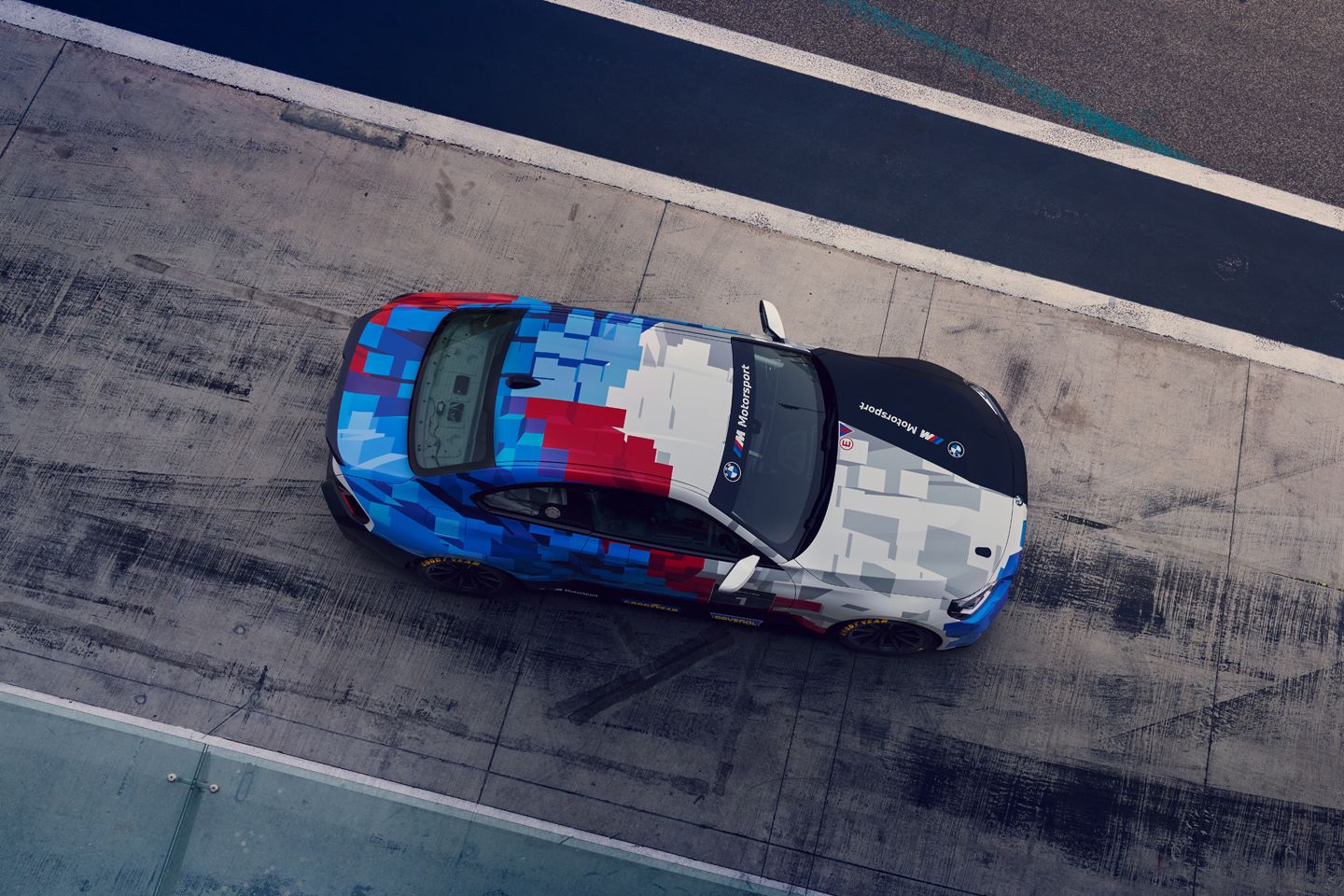
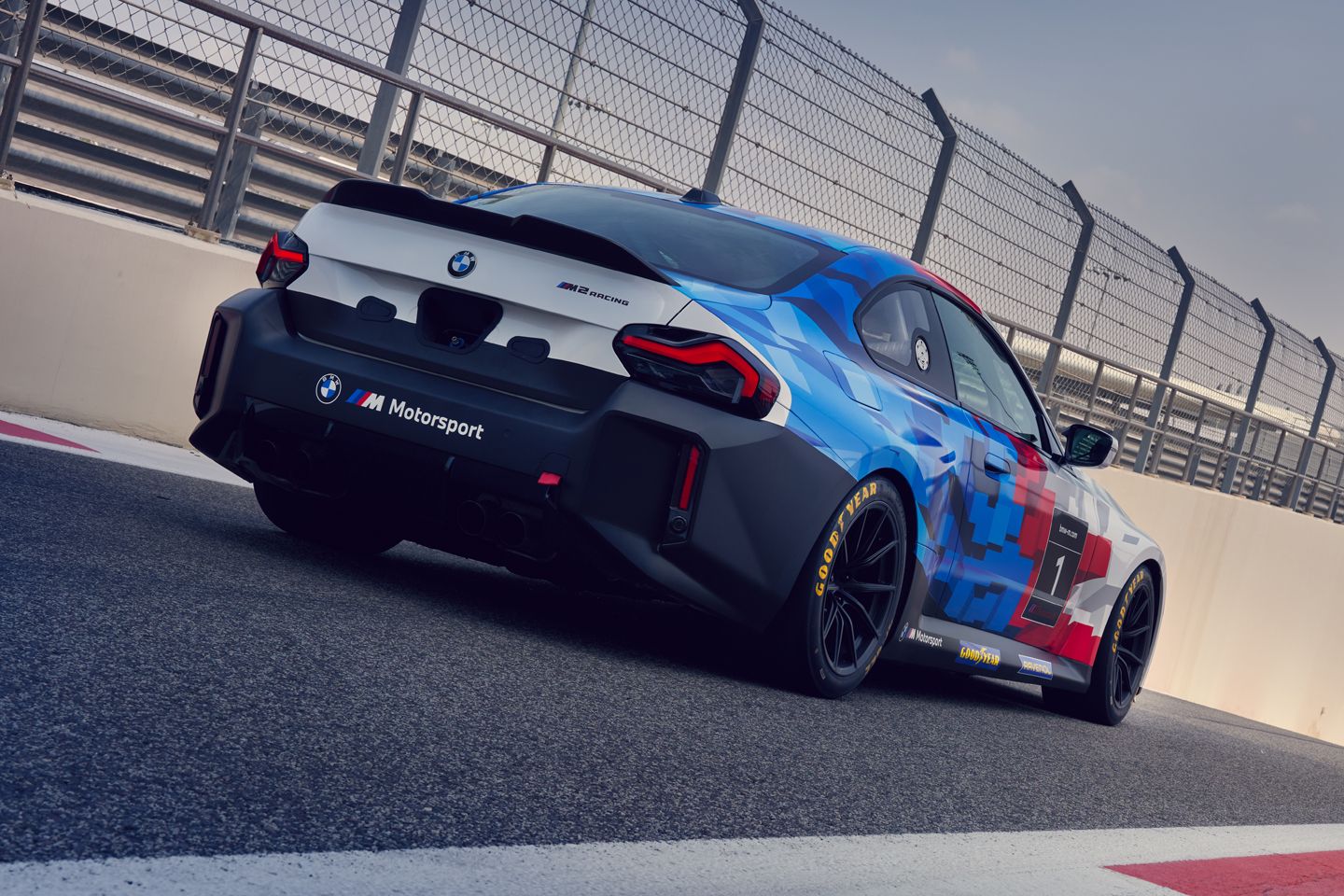
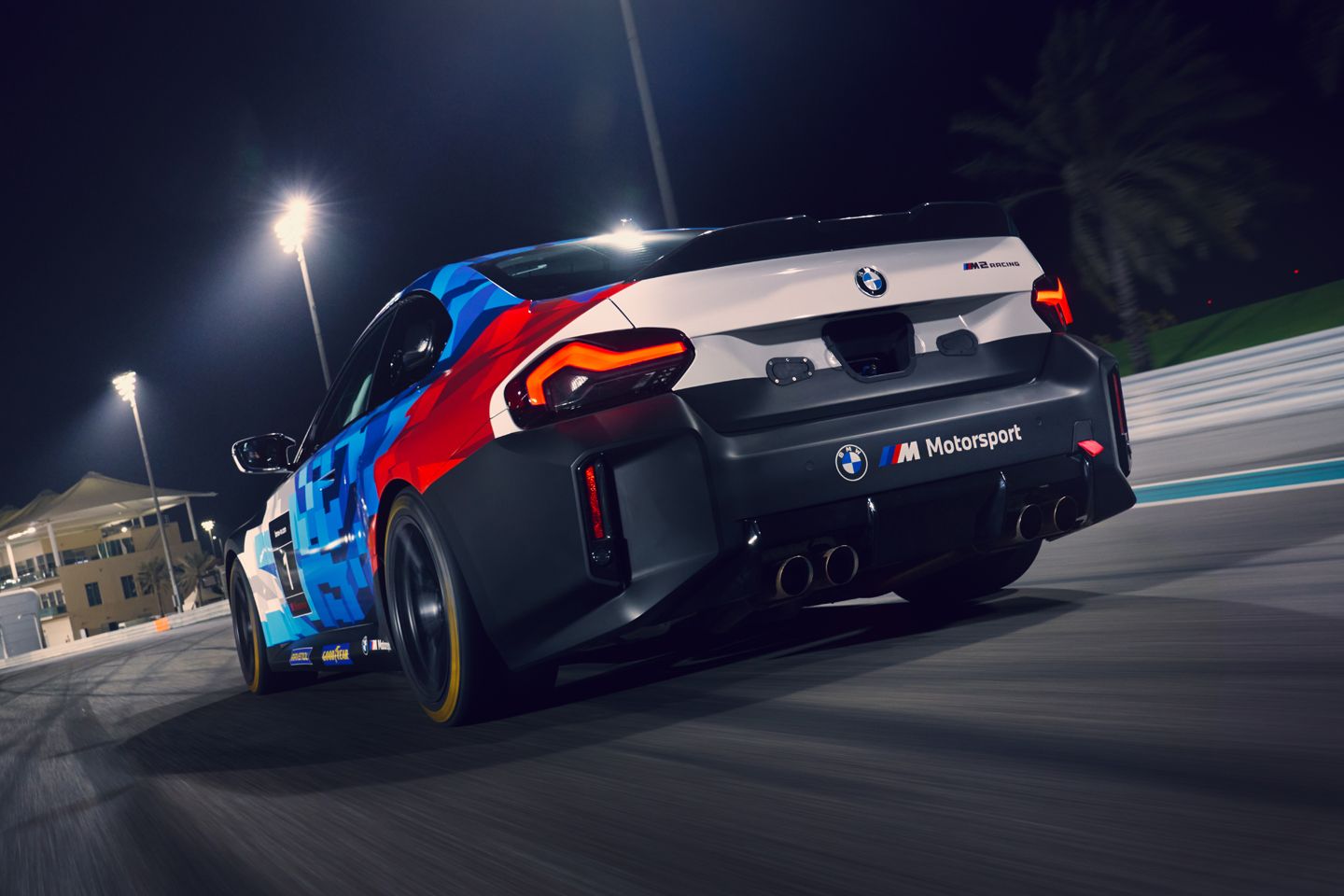
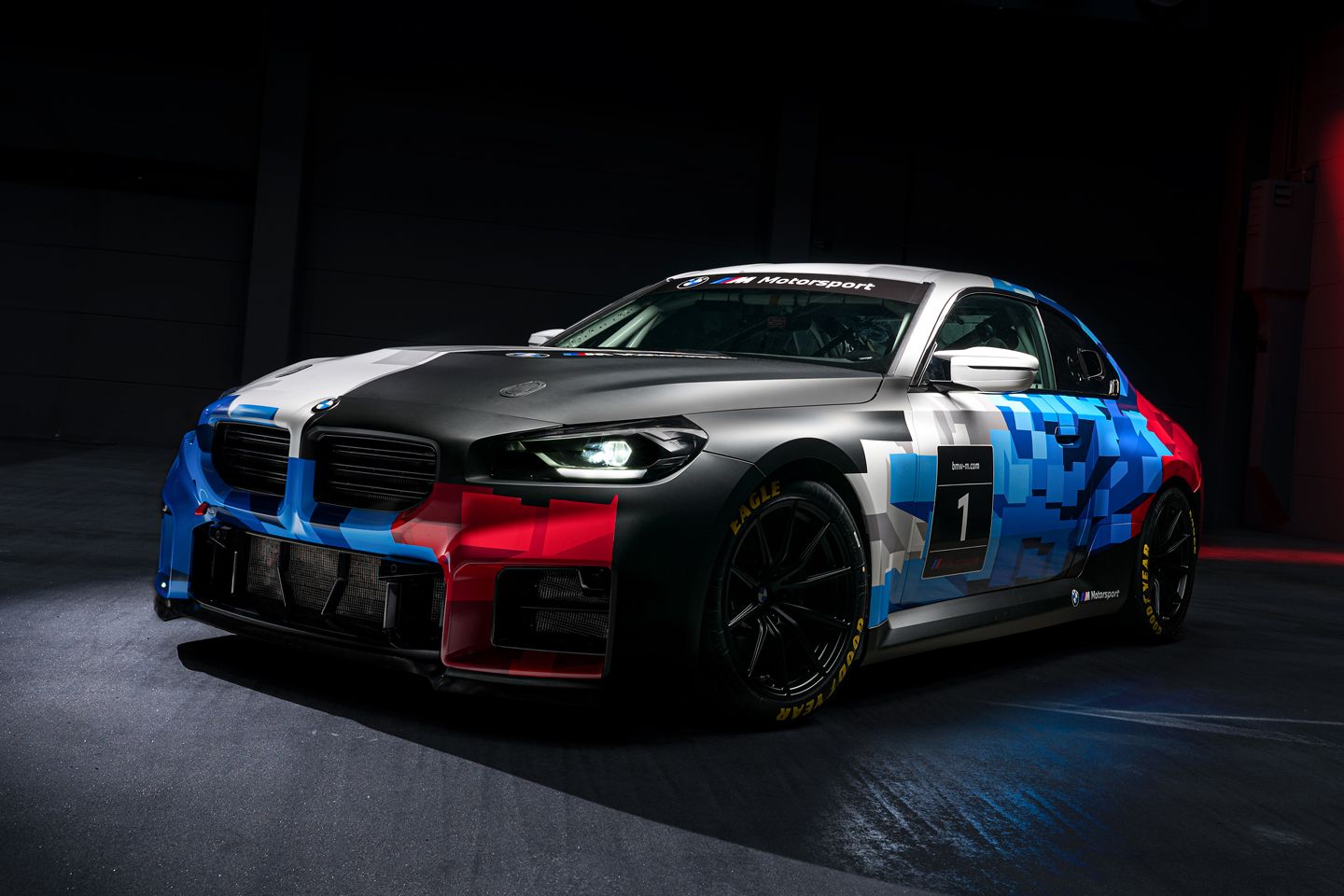
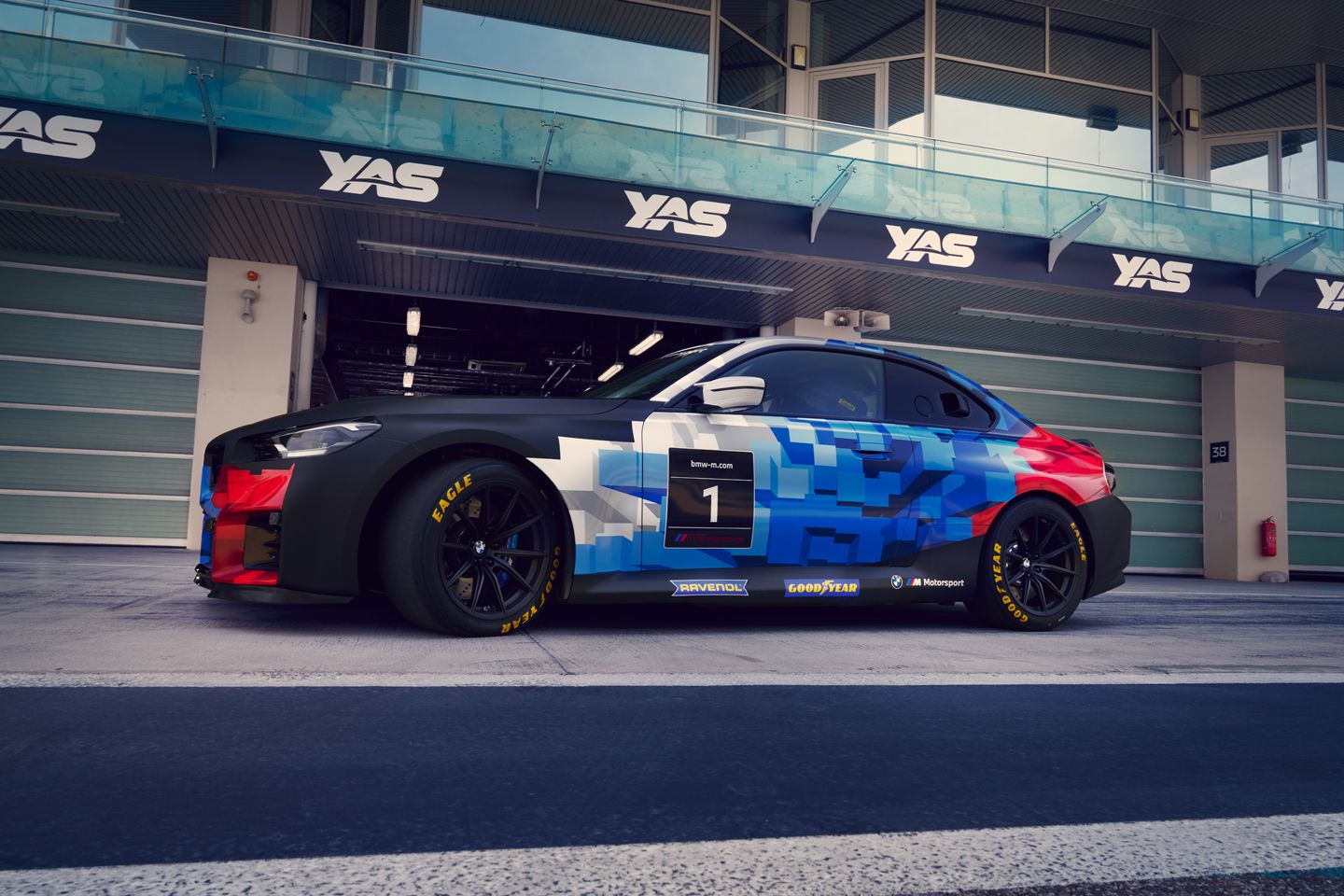

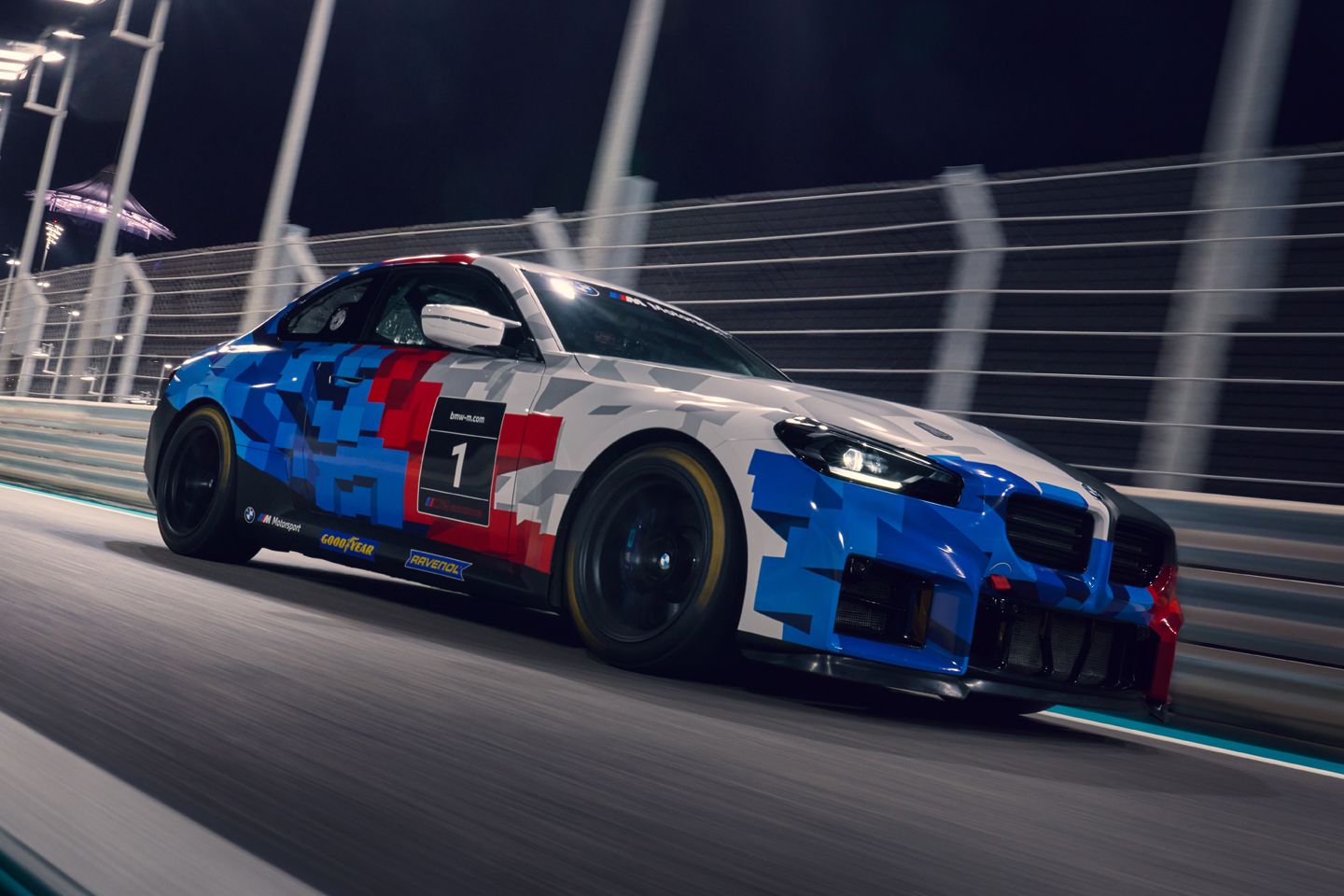
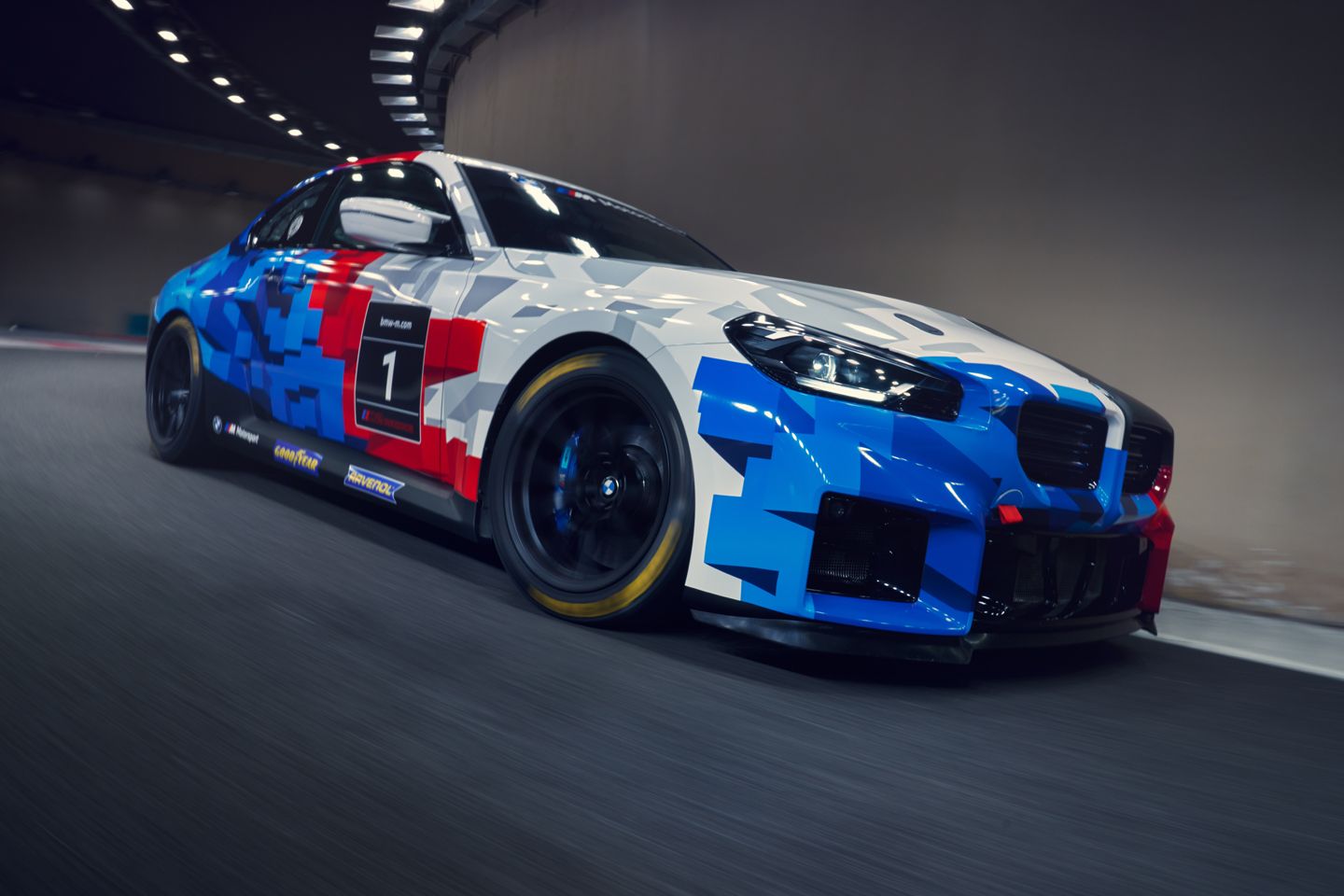
As noted in the above post, a road going 220iS might have been a worthy successor to the E30 318iS if they got it right.
As noted in the above post, a road going 220iS might have been a worthy successor to the E30 318iS if they got it right.
As noted in the above post, a road going 220iS might have been a worthy successor to the E30 318iS if they got it right.
Toyota have a GR86 cup series in the states. Customer cars are about the same cost as this but the GR cup car is about 300KG lighter whilst still having 250bhp N/A.
Just goes to show how bloated cars have become when a massive OEM like BMW are struggling to get their smallest RWD car down to under 1500kg!
That weight is like a medium sized estate car only a decade ago!
As noted in the above post, a road going 220iS might have been a worthy successor to the E30 318iS if they got it right.
As noted in the above post, a road going 220iS might have been a worthy successor to the E30 318iS if they got it right.
Some of the closest racing is in Citroen C1s with less than 70 bhp, there are all sorts of series and formulas from very low power outputs like that to several hundred.
Weirdly though, road cars seem to have more power than competition cars these days, when a factory saloon car can out accelerate an F1 car, initially anyway its all got a bit weird.
Thing is, on a track a well set up competition car will be quicker than most, the very fast EV's will be done and dusted in a few laps and 1000 bhp tuner cars will likely break under track conditions, melt their brakes or just turn into a wobbly lump.
Track cars dont tend to work on the road and vice versa, this is built to do lap after lap, it will be fast enough for its class and not fall apart after three fast laps.
Be interesting to see how it laps compared to a roadgoing M2.
Toyota have a GR86 cup series in the states. Customer cars are about the same cost as this but the GR cup car is about 300KG lighter whilst still having 250bhp N/A.
Just goes to show how bloated cars have become when a massive OEM like BMW are struggling to get their smallest RWD car down to under 1500kg!
That weight is like a medium sized estate car only a decade ago!
That makes it 181-182bhp/tonne.
The BMW would be 208.
Gassing Station | General Gassing | Top of Page | What's New | My Stuff



